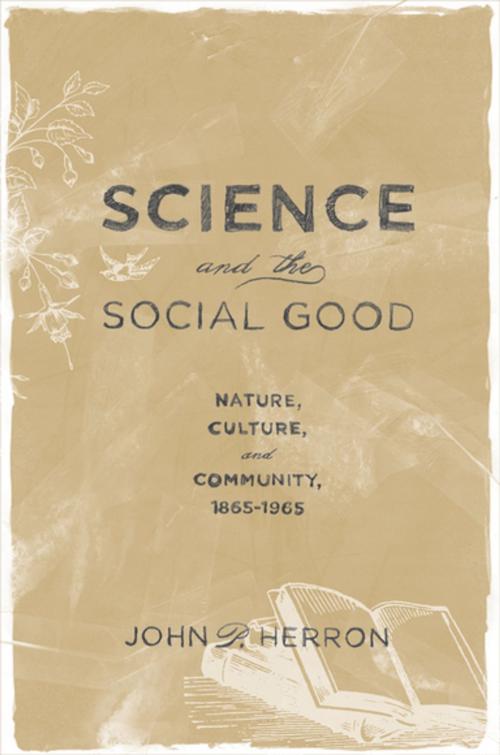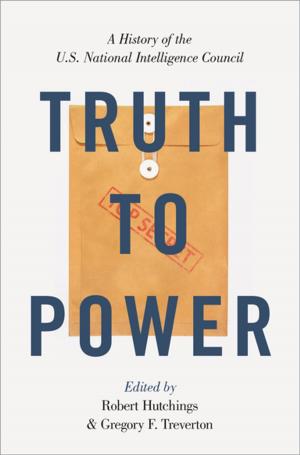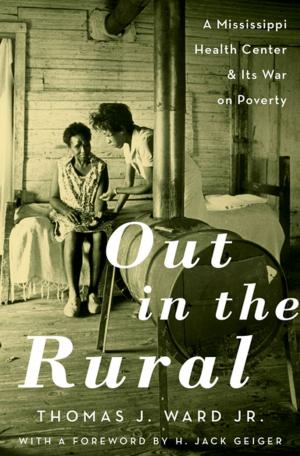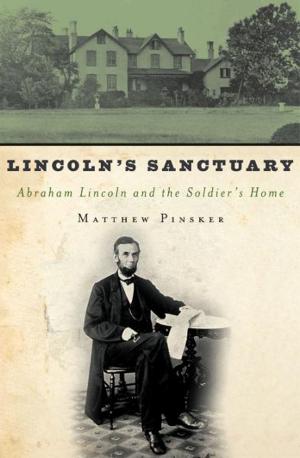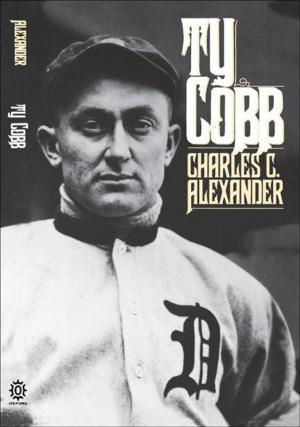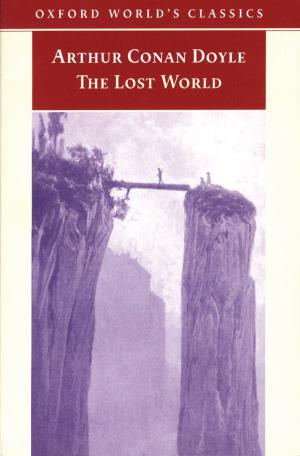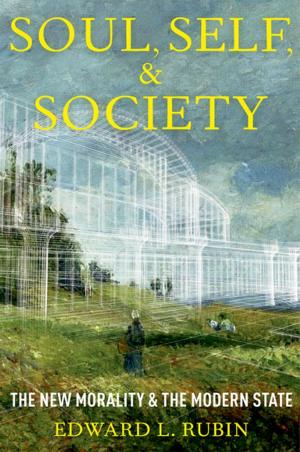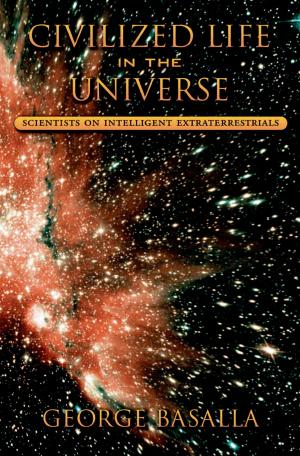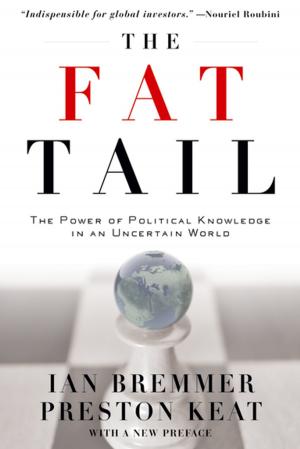Science and the Social Good
Nature, Culture, and Community, 1865-1965
Nonfiction, Science & Nature, Science, Other Sciences, History, Americas, United States, 20th Century| Author: | John P. Herron | ISBN: | 9780190452452 |
| Publisher: | Oxford University Press | Publication: | November 25, 2009 |
| Imprint: | Oxford University Press | Language: | English |
| Author: | John P. Herron |
| ISBN: | 9780190452452 |
| Publisher: | Oxford University Press |
| Publication: | November 25, 2009 |
| Imprint: | Oxford University Press |
| Language: | English |
From the beginnings of industrial capitalism to contemporary disputes over evolution, nature has long been part of the public debate over the social good. As such, many natural scientists throughout American history have understood their work as a cultural activity contributing to social stability and their field as a powerful tool for enhancing the quality of American life. In the late Victorian era, interwar period, and post-war decades, massive social change, economic collapse and recovery, and the aftermath of war prompted natural scientists to offer up a civic-minded natural science concerned with the political well-being of American society. In Science and the Social Good, John P. Herron explores the evolving internal and external forces influencing the design and purpose of American natural science, by focusing on three representative scientists-geologist Clarence King, forester Robert Marshall, and biologist Rachel Carson-who purposefully considered the social outcomes of their work. As comfortable in the royal courts of Europe as the remote field camps of the American West, Clarence King was the founding director of the U.S. Geological Survey, and used his standing to integrate science into late nineteenth century political debates about foreign policy, immigration, and social reform. In the mid-1930s, Robert Marshall founded the environmental advocacy group, The Wilderness Society, which transformed the face of natural preservation in America. Committed to social justice, Marshall blended forest ecology and pragmatic philosophy to craft a natural science ethic that extended the reach of science into political discussions about the restructuring of society prompted by urbanization and economic crisis. Rachel Carson deservedly gets credit for launching the modern environmental movement with her 1962 classic Silent Spring. She made a generation of Americans aware of the social costs inherent in the human manipulation of the natural world and used natural science to critique established institutions and offer an alternative vision of a healthy and diverse society. As King, Marshall, and Carson became increasingly wary of the social costs of industrialization, they used their scientific work to address problems of ecological and social imbalance. Even as science became professionalized and compartmentalized. these scientists worked to keep science relevant to broader intellectual debates. John Herron offers a new take on King, Marshall, and especially Carson and their significance that emphasizes the importance of their work to environmental, political, and cultural affairs, while illuminating the broader impact of natural science on American culture.
From the beginnings of industrial capitalism to contemporary disputes over evolution, nature has long been part of the public debate over the social good. As such, many natural scientists throughout American history have understood their work as a cultural activity contributing to social stability and their field as a powerful tool for enhancing the quality of American life. In the late Victorian era, interwar period, and post-war decades, massive social change, economic collapse and recovery, and the aftermath of war prompted natural scientists to offer up a civic-minded natural science concerned with the political well-being of American society. In Science and the Social Good, John P. Herron explores the evolving internal and external forces influencing the design and purpose of American natural science, by focusing on three representative scientists-geologist Clarence King, forester Robert Marshall, and biologist Rachel Carson-who purposefully considered the social outcomes of their work. As comfortable in the royal courts of Europe as the remote field camps of the American West, Clarence King was the founding director of the U.S. Geological Survey, and used his standing to integrate science into late nineteenth century political debates about foreign policy, immigration, and social reform. In the mid-1930s, Robert Marshall founded the environmental advocacy group, The Wilderness Society, which transformed the face of natural preservation in America. Committed to social justice, Marshall blended forest ecology and pragmatic philosophy to craft a natural science ethic that extended the reach of science into political discussions about the restructuring of society prompted by urbanization and economic crisis. Rachel Carson deservedly gets credit for launching the modern environmental movement with her 1962 classic Silent Spring. She made a generation of Americans aware of the social costs inherent in the human manipulation of the natural world and used natural science to critique established institutions and offer an alternative vision of a healthy and diverse society. As King, Marshall, and Carson became increasingly wary of the social costs of industrialization, they used their scientific work to address problems of ecological and social imbalance. Even as science became professionalized and compartmentalized. these scientists worked to keep science relevant to broader intellectual debates. John Herron offers a new take on King, Marshall, and especially Carson and their significance that emphasizes the importance of their work to environmental, political, and cultural affairs, while illuminating the broader impact of natural science on American culture.
